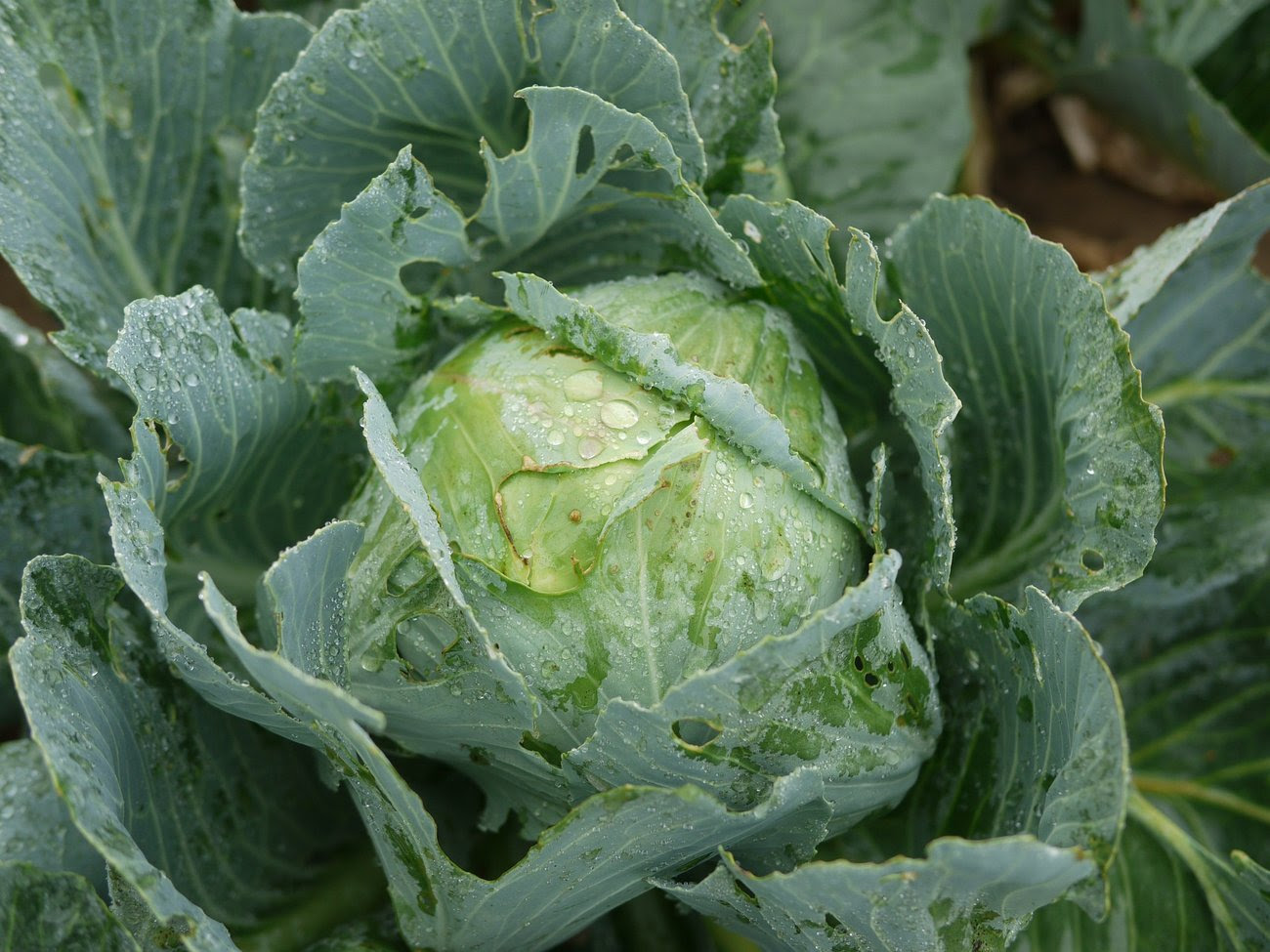We use cookies and similar technologies to enhance your experience, analyze website traffic, and support site performance and security. This may include limited data sharing with third parties for analytics and optimization. By using our website, you consent to the use of these technologies.
Privacy Policy |
Terms of Use
